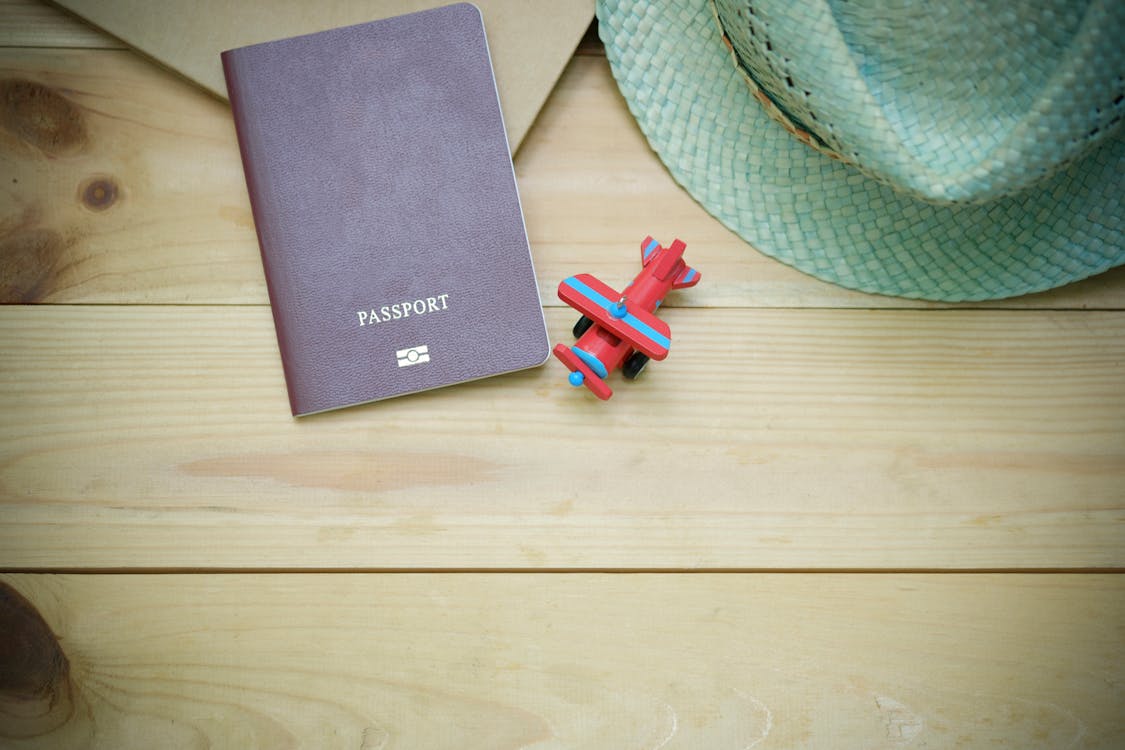
Introduction:
If you’re planning to study abroad, it’s important to understand the student visa requirements for the country where you’ll be studying. Each country has its own set of rules and regulations for student visas, and the process can be complicated and time-consuming. In this guide, we’ll break down the student visa requirements for different countries and provide tips on how to apply.
Understanding Student Visa Requirements:
Before you begin your study abroad journey, it’s important to research the student visa requirements for your destination country. Here are some common requirements:
- Acceptance into a Program: To obtain a student visa, you will typically need to provide proof that you have been accepted into a program at a recognized educational institution in your destination country.
- Proof of Financial Support: Many countries require you to show that you have enough money to support yourself during your studies. This can include bank statements, scholarships, or proof of sponsorship.
- Health Insurance: Some countries require international students to have health insurance coverage while they are studying.
- Language Proficiency: Some countries may require proof of language proficiency, especially if the language of instruction is not your native language.
Student Visa Requirements by Country:
Here’s a breakdown of the student visa requirements for some popular study abroad destinations:
- United States: To obtain a student visa in the US, you will need to be accepted into a program at a Student and Exchange Visitor Program (SEVP)-approved school and provide proof of financial support.
- Canada: To study in Canada, you’ll need a study permit. To get one, you’ll need an acceptance letter from a designated learning institution and proof of financial support.
- United Kingdom: In the UK, you’ll need a Tier 4 (General) student visa. You’ll need an acceptance letter from a licensed Tier 4 sponsor and proof of financial support.
- Australia: To study in Australia, you’ll need a student visa. You’ll need an acceptance letter from an Australian institution and proof of financial support.
- Germany: In Germany, you’ll need a student visa. You’ll need an acceptance letter from a German university, proof of financial support, and health insurance.
Applying for a Student Visa:
Once you’ve researched the student visa requirements for your destination country, it’s time to start the application process. Here are some tips:
- Start Early: The student visa application process can take several months, so it’s important to start early to ensure you have enough time to gather all necessary documents.
- Gather Required Documents: Gather all required documents, including your acceptance letter, financial documents, and passport.
- Submit Your Application: Follow the instructions provided by the embassy or consulate for submitting your application. You may also need to attend an interview.
Conclusion:
Applying for a student visa can be a daunting process, but with the right research and preparation, you can navigate the requirements with ease. Remember to start early, gather all required documents, and follow the instructions provided by the embassy or consulate. Good luck on your study abroad journey!
